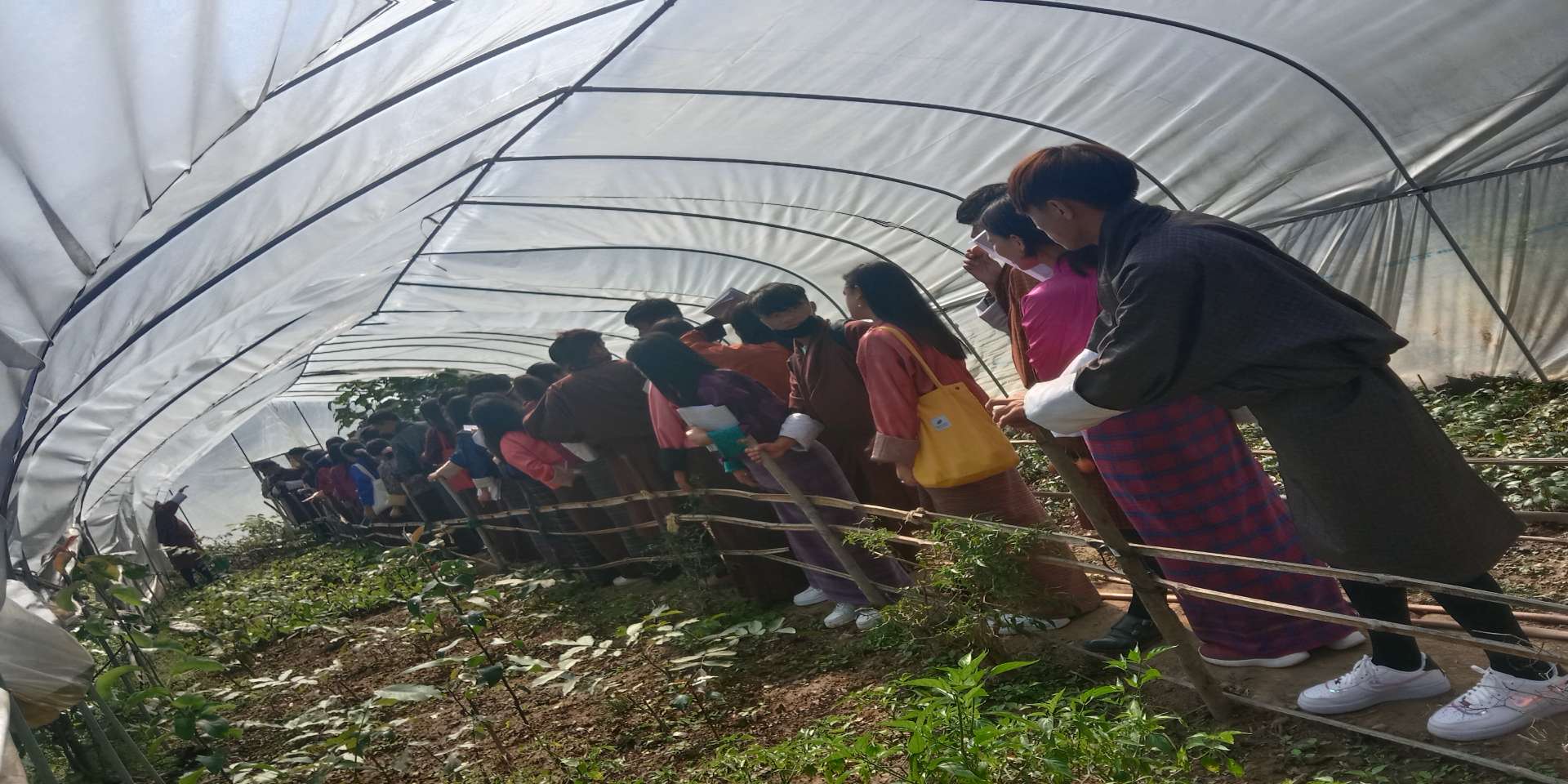Price: Nu. 0/Unit
Walnuts (Juglans regia) is a tree nuts. Its origin is Mediterranean regions and Central Asia. Softshell walnut is not a traditional fruit crop of Bhutan. It was introduced in Bhutan from Kashmir, India in the early 1970s, through the initiative of the Royal Government of Bhutan. Today soft shell walnuts are grown in almost all the dzongkhags. Walnut is often called the king of nuts as it is rich in omega -3 fats and contains higher amounts of anti-oxidants compared to most other foods.
There are about 24,072 walnut trees a total of which about 7984 trees are in the bearing stage. Based on the recommended spacing of 10 m x 10 m, it is estimated that there are in total about 482 acres of land under walnut cultivation. The total production of walnut (Agriculture Statistics 2016) is 181 MT which works out to about 23 kg/tree. Softshell varieties, Kanthel Selection and Yusipang-1 have been released. Walnuts can grow well in areas that experience winter chilling hours between 600 and 800 at temperatures within 0°C and 10°C.
There should be a frost-free period during the flowering time and the temperature should be below 38°C during the summer months. At temperature 380 C and above, it will result in the sun burning hulls and shriveled kernels. It is recommended to grow walnut in altitudes ranging between 1,400 and 2,500 masl.
Weeding, mulching, and basin preparation around the plants are essential practices to keep the orchard clean. Training and pruning are also important parts of cultural practices. It is very important to train the trees at the initial stages. Tree training is done to obtain the desired shape or good tree frame. After the first year, train the walnut plant using the Modified Central leader System.
- Head back to the first year’s growth to 2m of its height.
- Remove all the lateral shoots on the leader, leaving one or two shoots at a lower level on the trunk to provide shade on the trunk’s south and west sides.
- To avoid narrow crotches, remove all primary buds above 1.5 m from the ground to encourage the growth of secondary buds.
- Select main scaffold limb 1.6 m above ground. Choose primary scaffold limbs in all directions on the trunk. Ensure that limbs have angles more than 30 cm apart vertically on the main trunk. Pruning and training are carried out during the dormant stages. Prune off diseased or crisscrossed branches and apply Copperoxychloride or Bordeaux paste on the cuts.




.jpg)


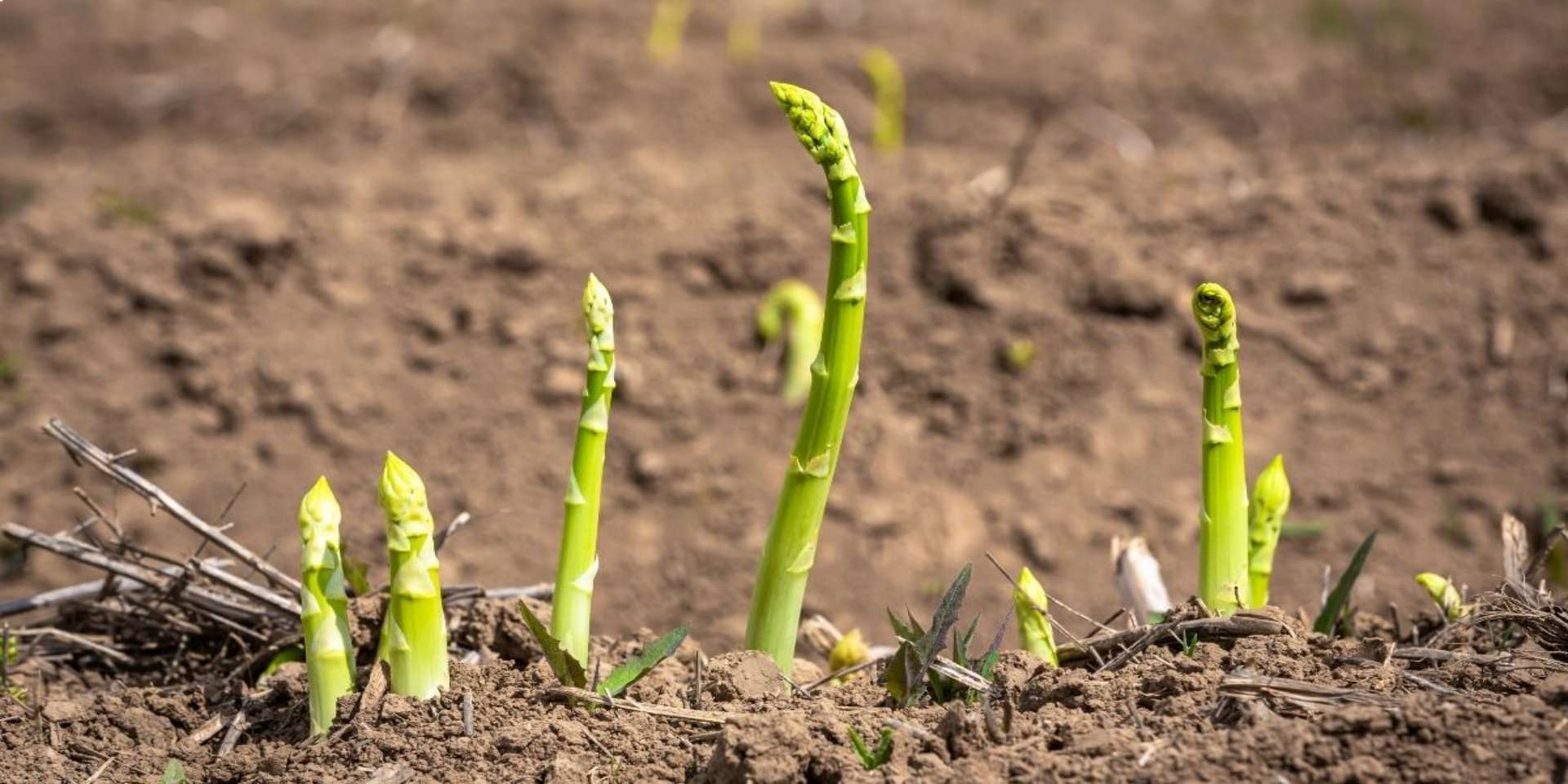
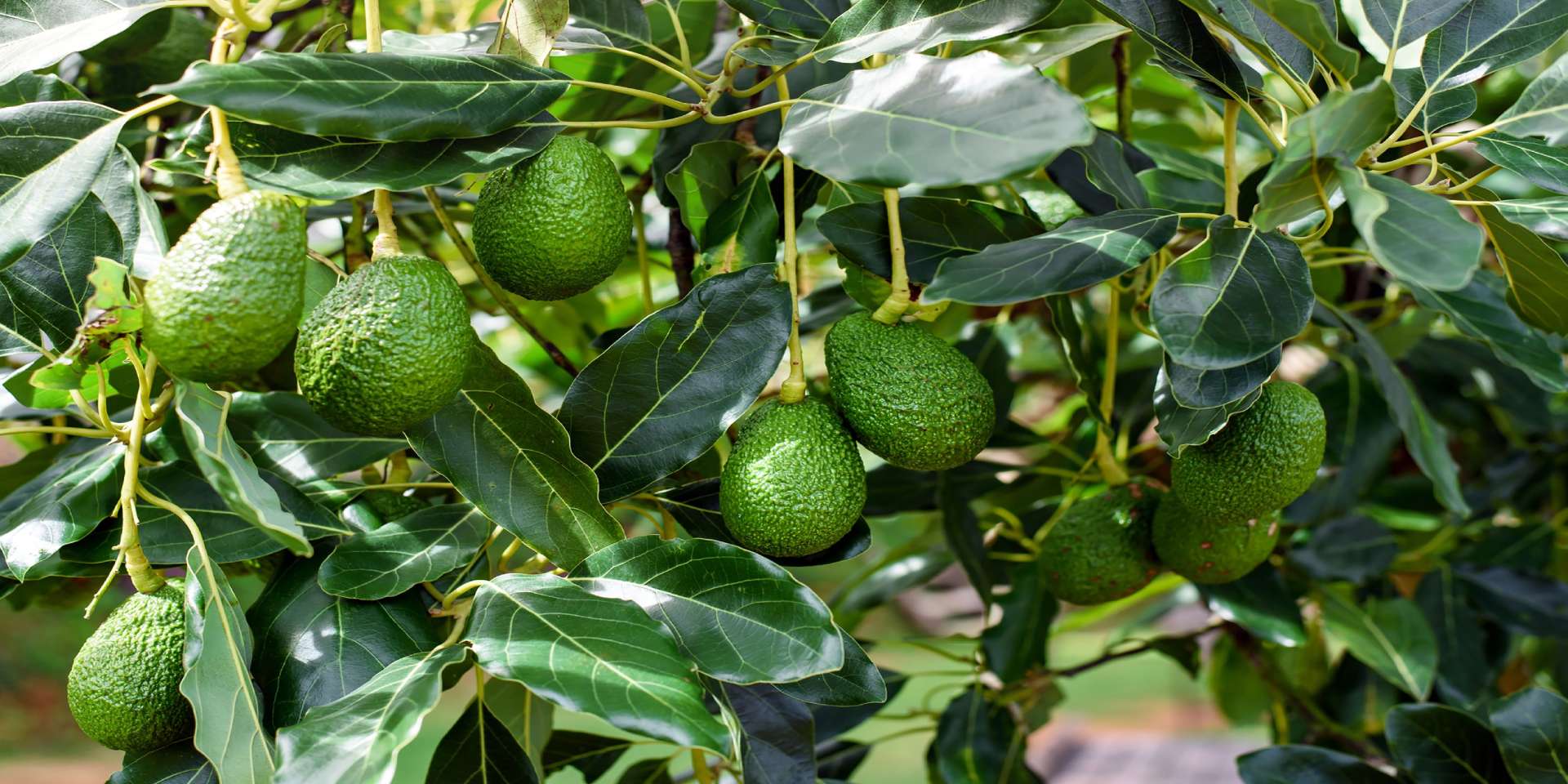
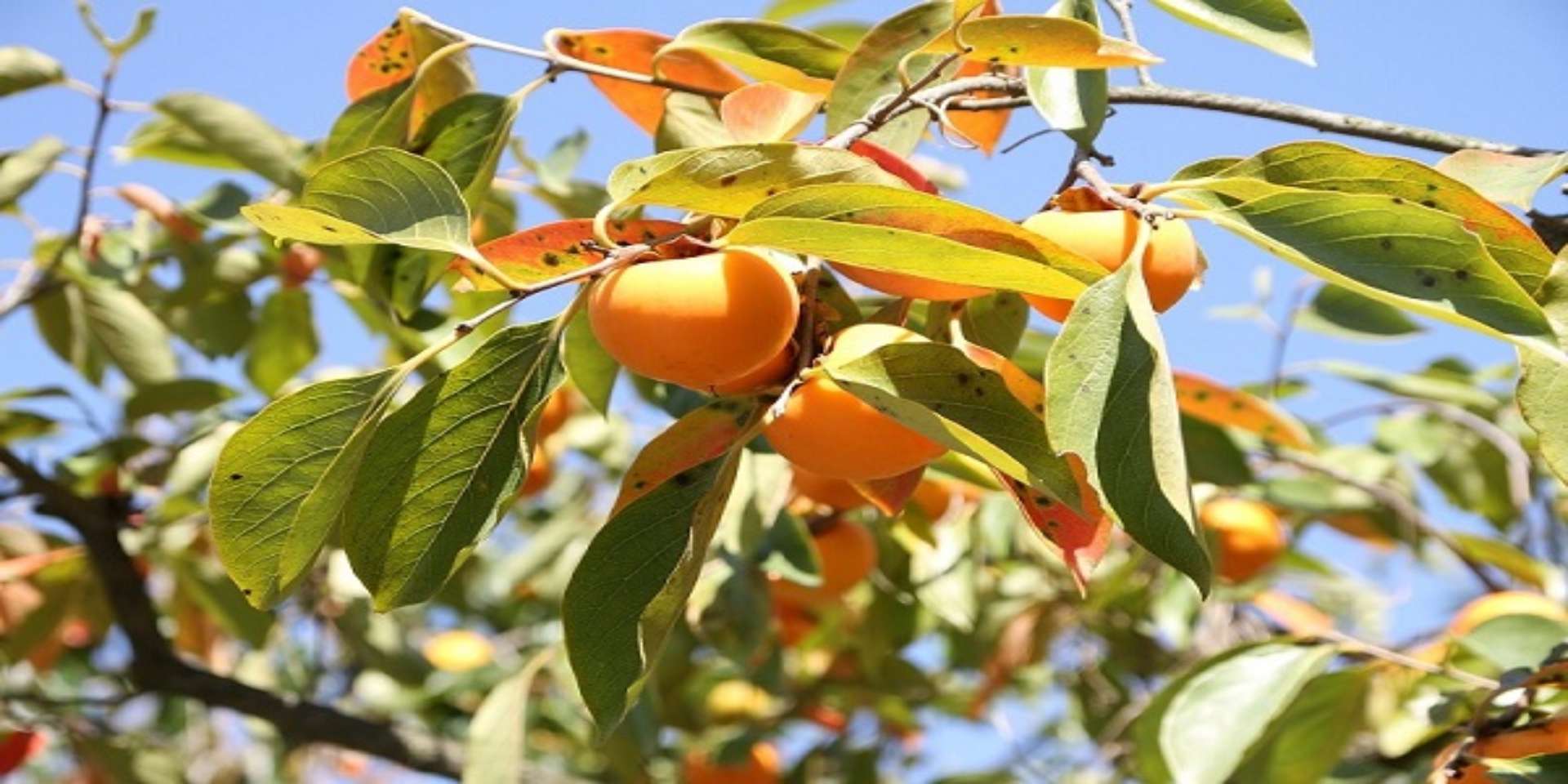
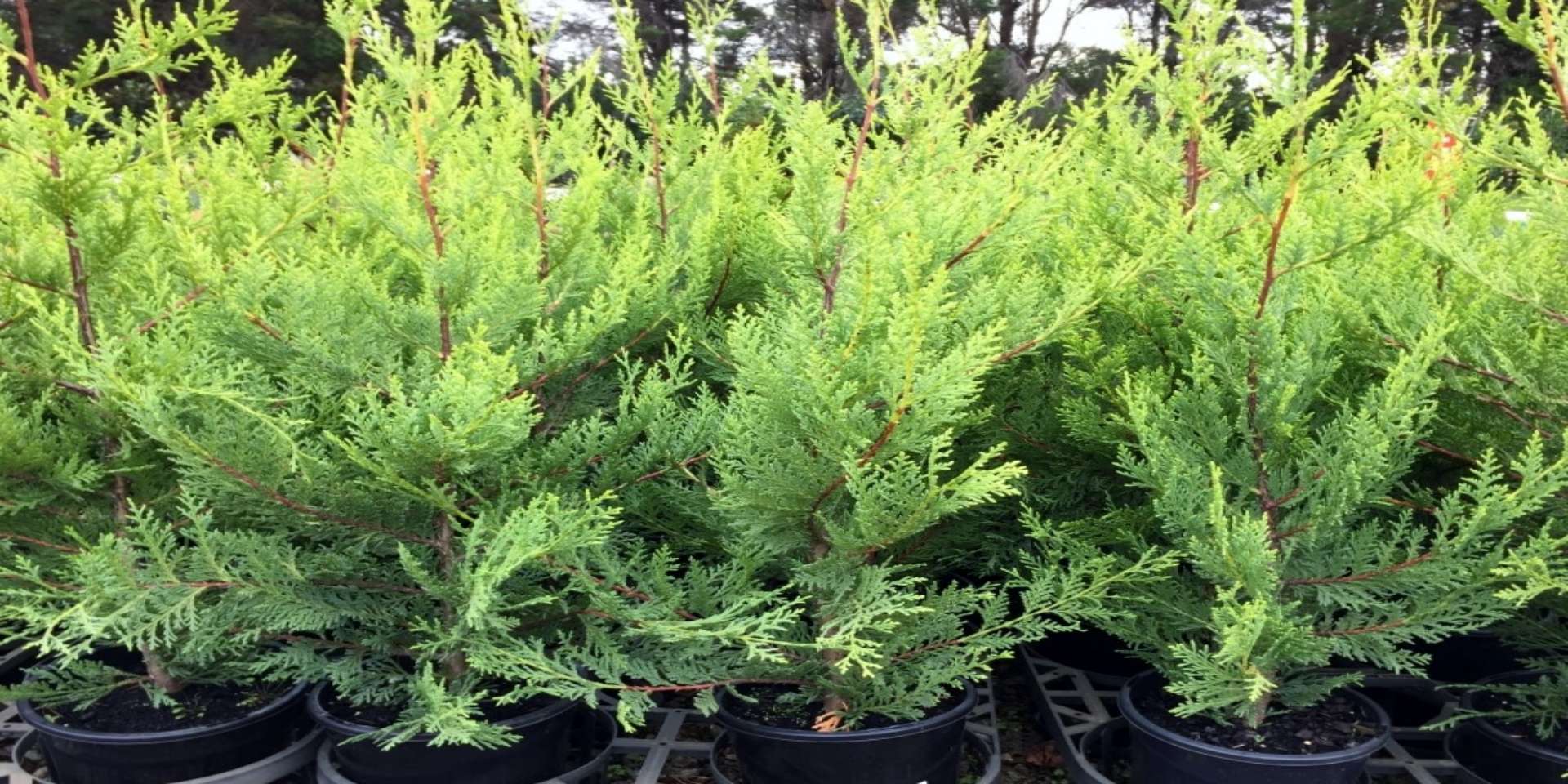

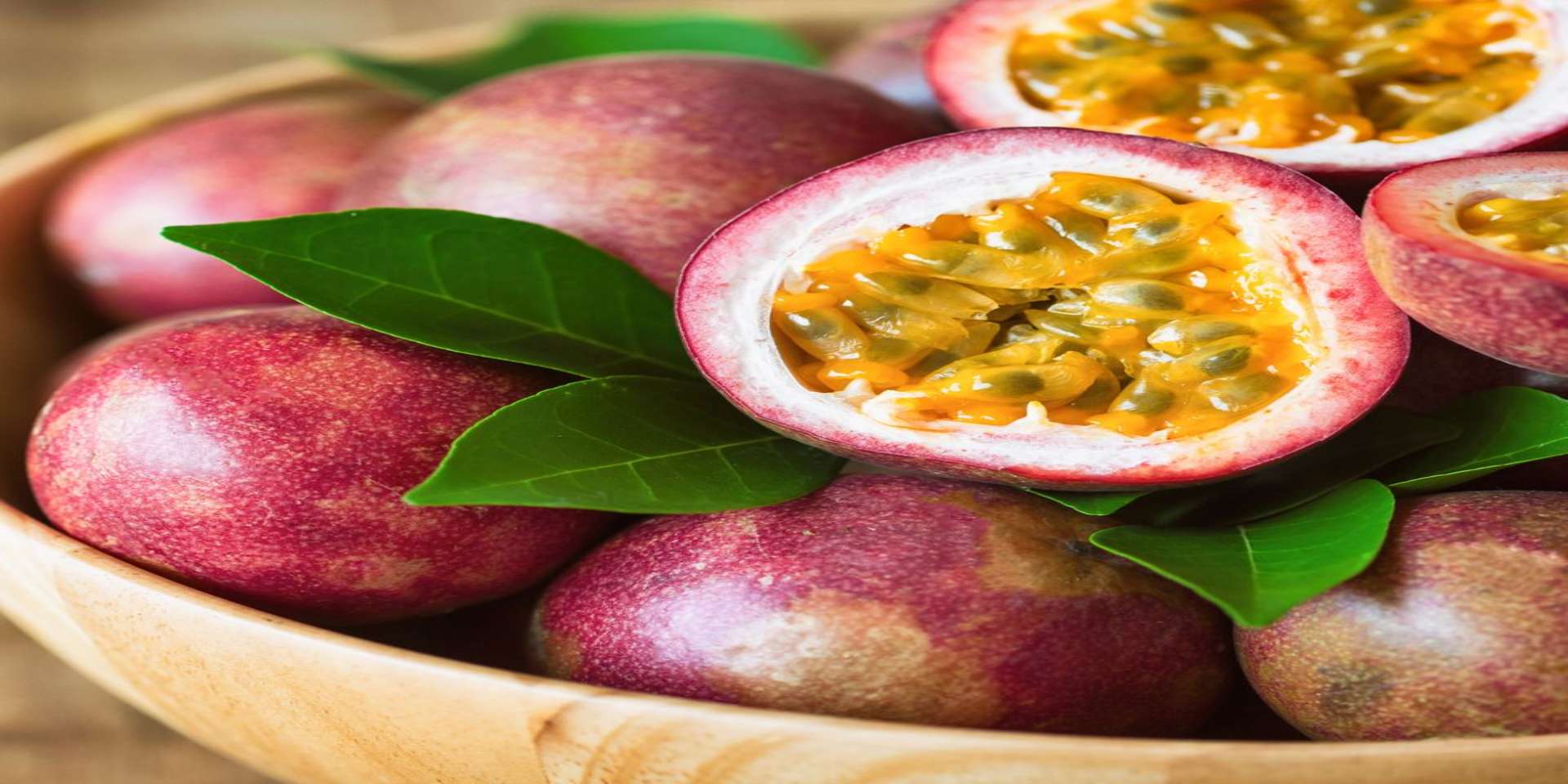
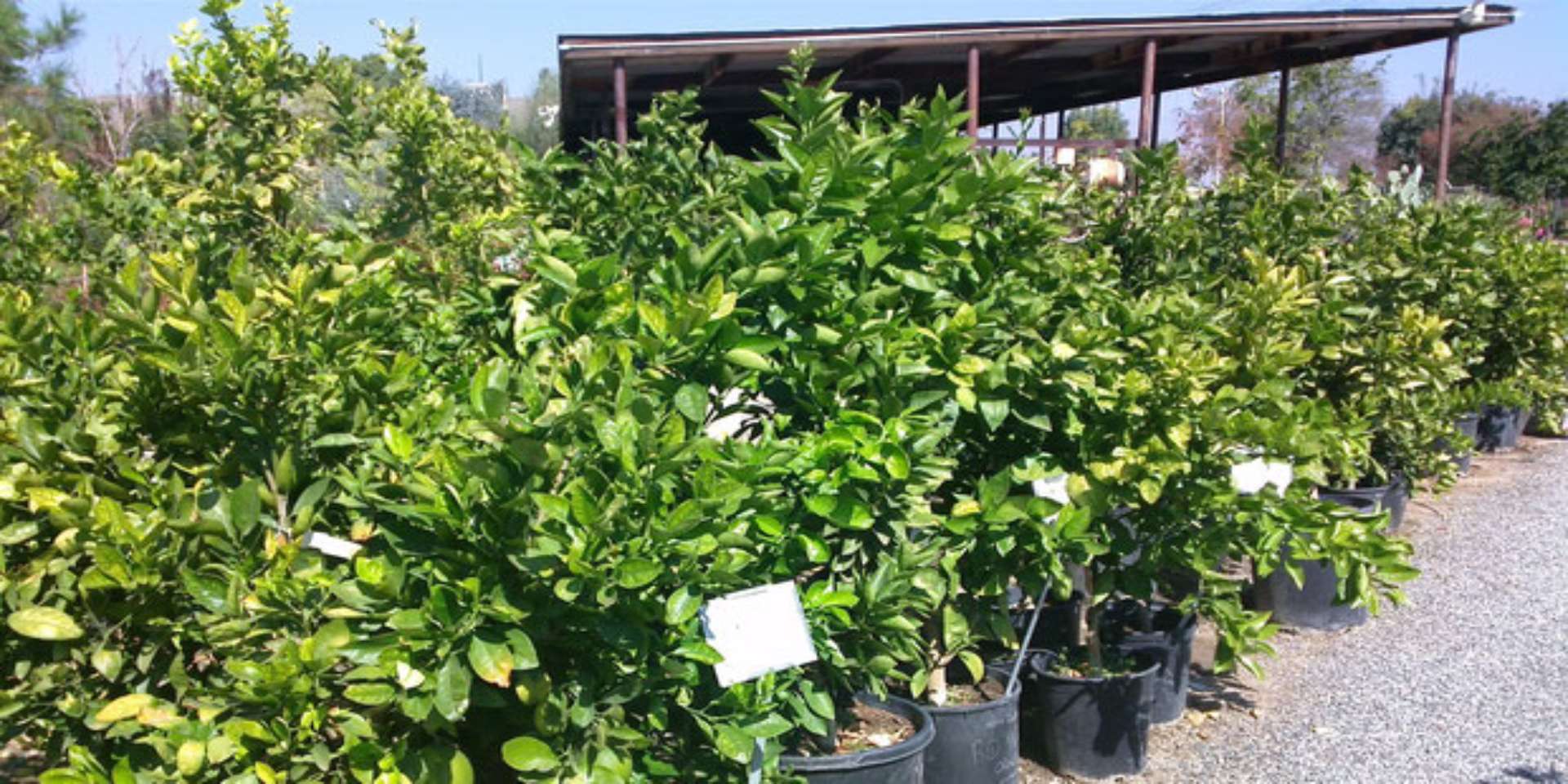
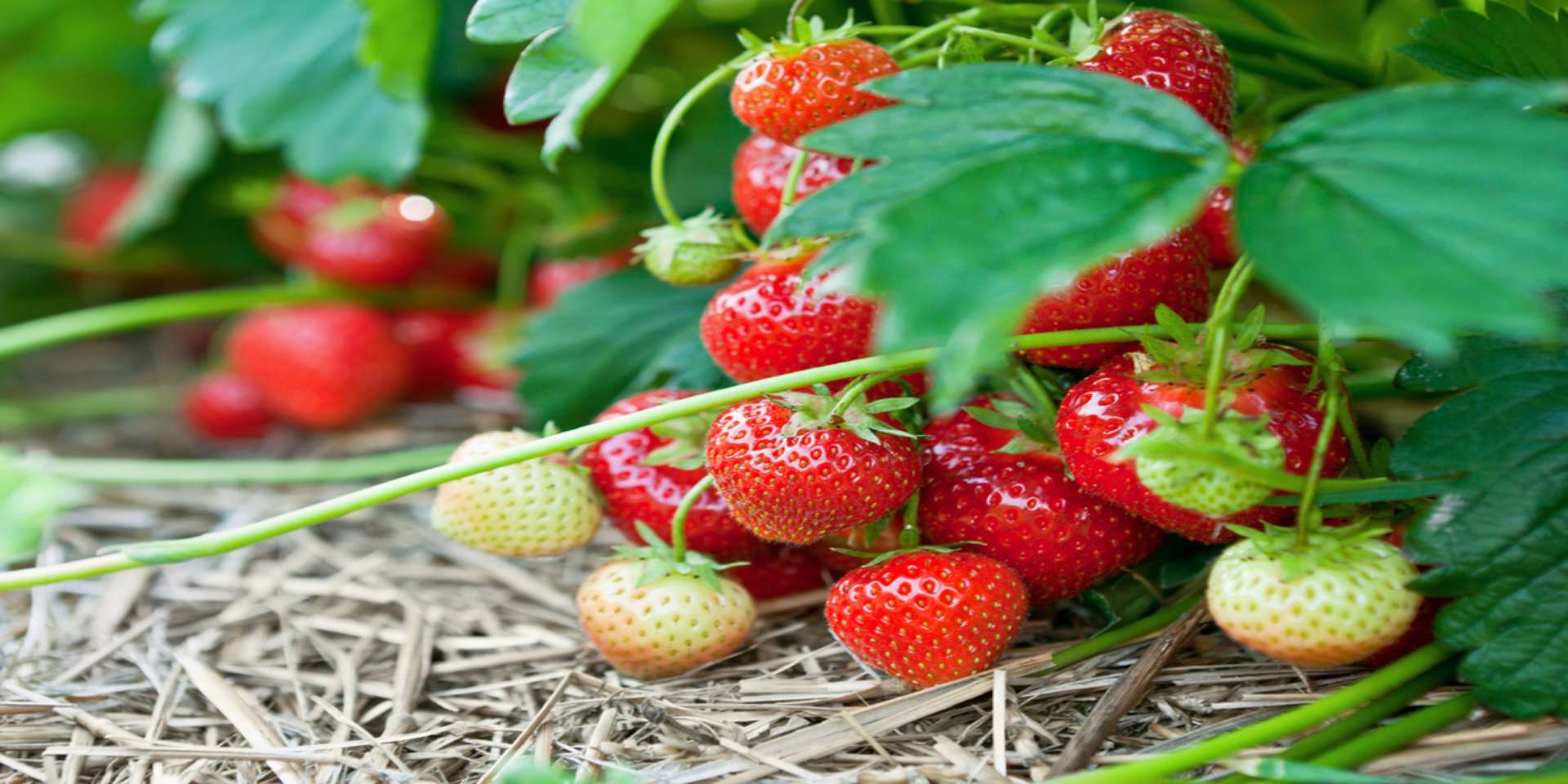
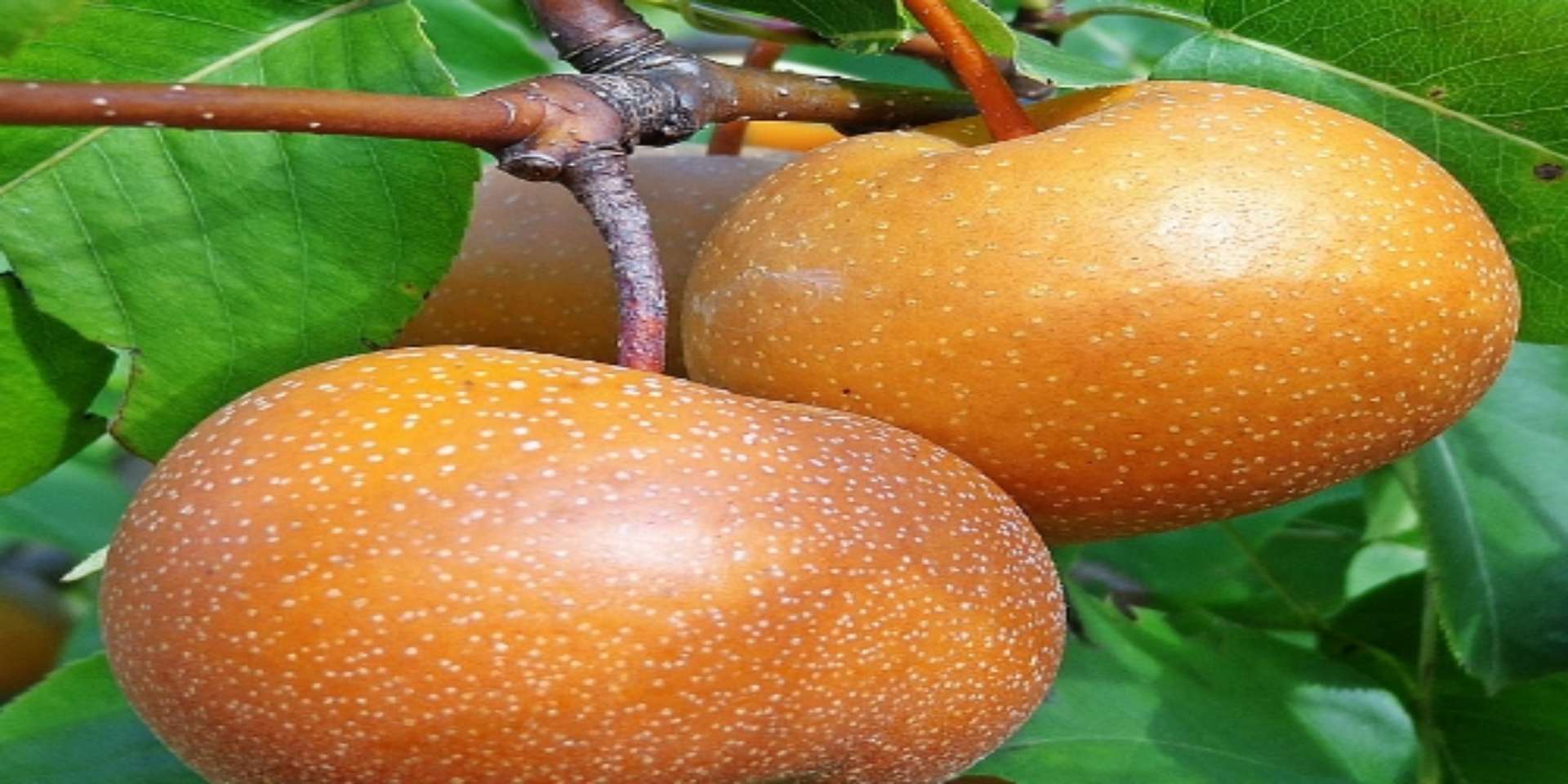

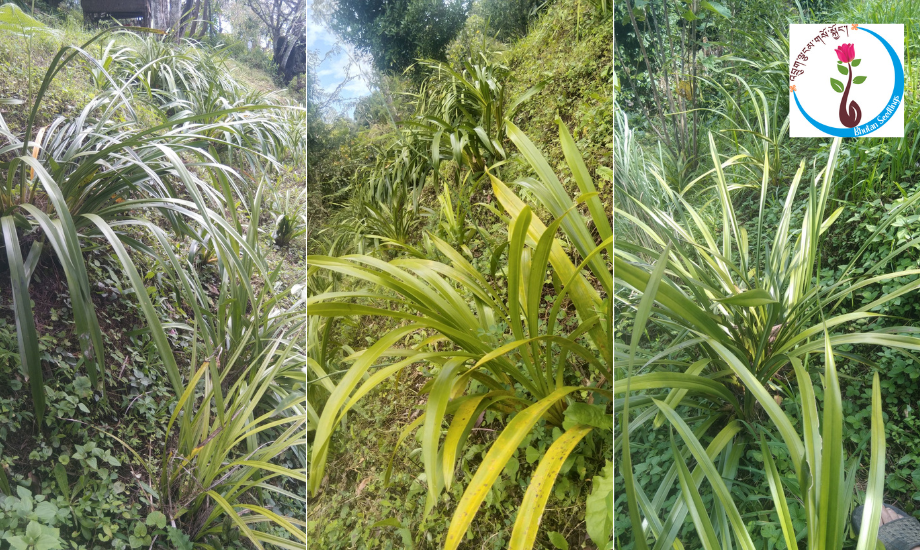
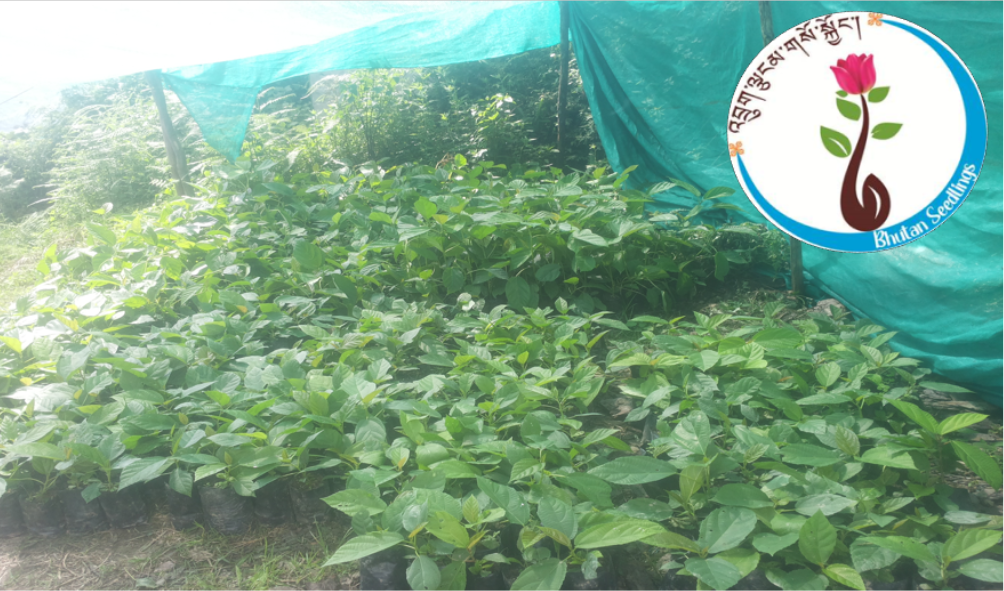
.png)


